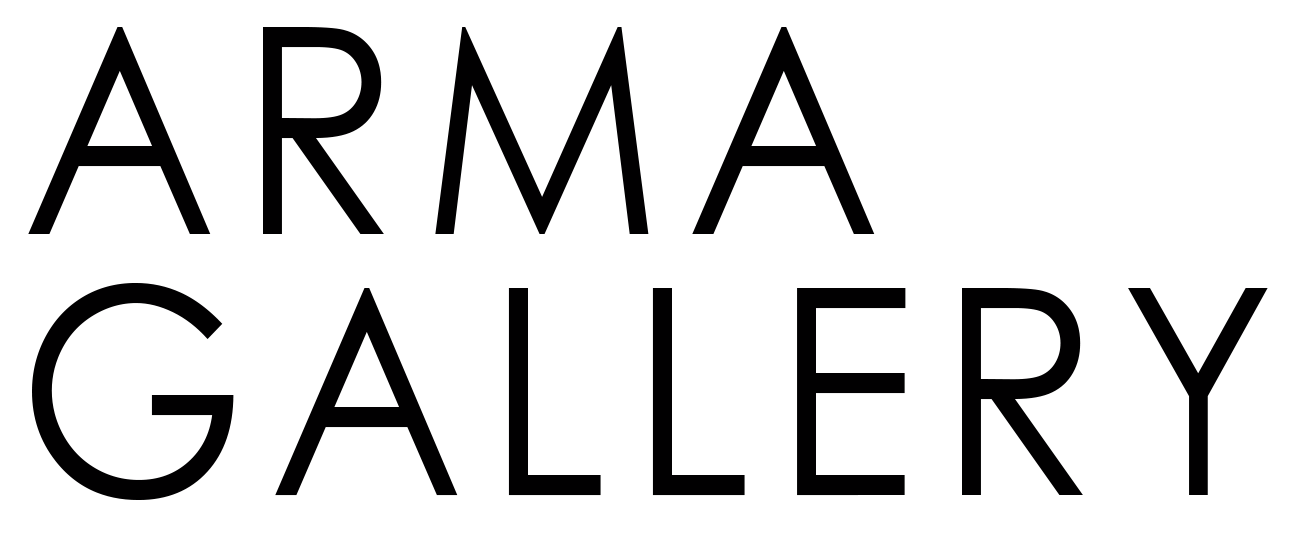SHOWS AND EXHIBITIONS

Group show – Presentation of Arma In CDMX
13 – 30 Nov 2025
ARTISTS:
Jiri Hauschka
Kyte Tatt
Natalia Romanciuc
Samuil Velev
Papartus
Elena Gual
Rob Woodcox
Agus Díaz Vázquez

LUIS OLASO SOLO SHOW
30 Oct – 11 de Dec 2025
KYTE TATT SOLO SHOW
“MYTHS OF OUR TIME”
11 Sept – 23 Oct 2025
Read more
In his first solo exhibition in Madrid, Kyte Tatt invites us into a pictorial universe where characters function as myths of our time. Fallen heroes, urban centaurs, prophets without religion, garden saints: they are neither classical gods nor contemporary icons, but ambiguous figures that embody human passions, contradictions, desires, and fractures. Each body, each gesture, each landscape speaks of the tensions that run through our daily lives and collective imagination.
His fragmented bodies and wandering gestures unfold across hybrid landscapes, where the urban merges with the wild and the intimate. This visual narrative, suspended between myth and reality, reminds us that art can create new legends and reinterpret the human experience through fiction and emotion.
The exhibition includes works of all scales, from intimate pieces to large canvases, creating a diverse journey that reflects the richness and complexity of his practice. A special installation recreates his Berlin studio, offering the audience the opportunity to immerse themselves in the artist’s creative process, to feel the intimacy of his space, and to breathe alongside his imaginary characters.
Myths of Our Time is an invitation to explore, touch, observe, and be enveloped by a world where every figure mirrors our own experience, a place where myth meets reality and the viewer becomes part of the story.
Content

JORGE NAVA SOLO SHOW
“LA PIEL DE LA PINTURA”
10 – 30 July 2025
Read more
“La piel de la pintura” immerses us in an instinctive and visceral journey through pictorial matter and the passage of the seasons. The exhibition is the result of a plastic and sensorial exploration of the act of painting across the four seasons of the year, following an organic impulse without closed structures or rigid conceptual directives.
There is no figurative representation of the landscape, but rather an intimate and abstract construction of what constitutes the artist’s universe: nature, philosophy, and poetry. Through spontaneous gesture, matter, and color, painting becomes a body, a sensitive skin that breathes, mutates, and reflects the artist’s inner climate, a resonant field from which sensations of both external and internal nature emerge.
The project unfolds through two primal forces, sunlight and water, that divide the exhibition into two symbolic halves. These were not predetermined, but surfaced naturally during the creative process.
Three murals, spring, summer, and autumn, set the rhythm of this pictorial experiment, accompanied by other works conceived within the same seasonal flow. The aim is not to represent the seasons, but to inhabit them, to paint from within them, allowing the environment and the body to speak in the ritual of painting.
“La piel de la pintura” does not illustrate; it embodies. It is an exhibition that vibrates at the intersection of time, body, and painting, a free territory where gesture becomes language, and where abstraction reveals, rather than conceals, the most intimate aspects of the artist’s gaze.
Content
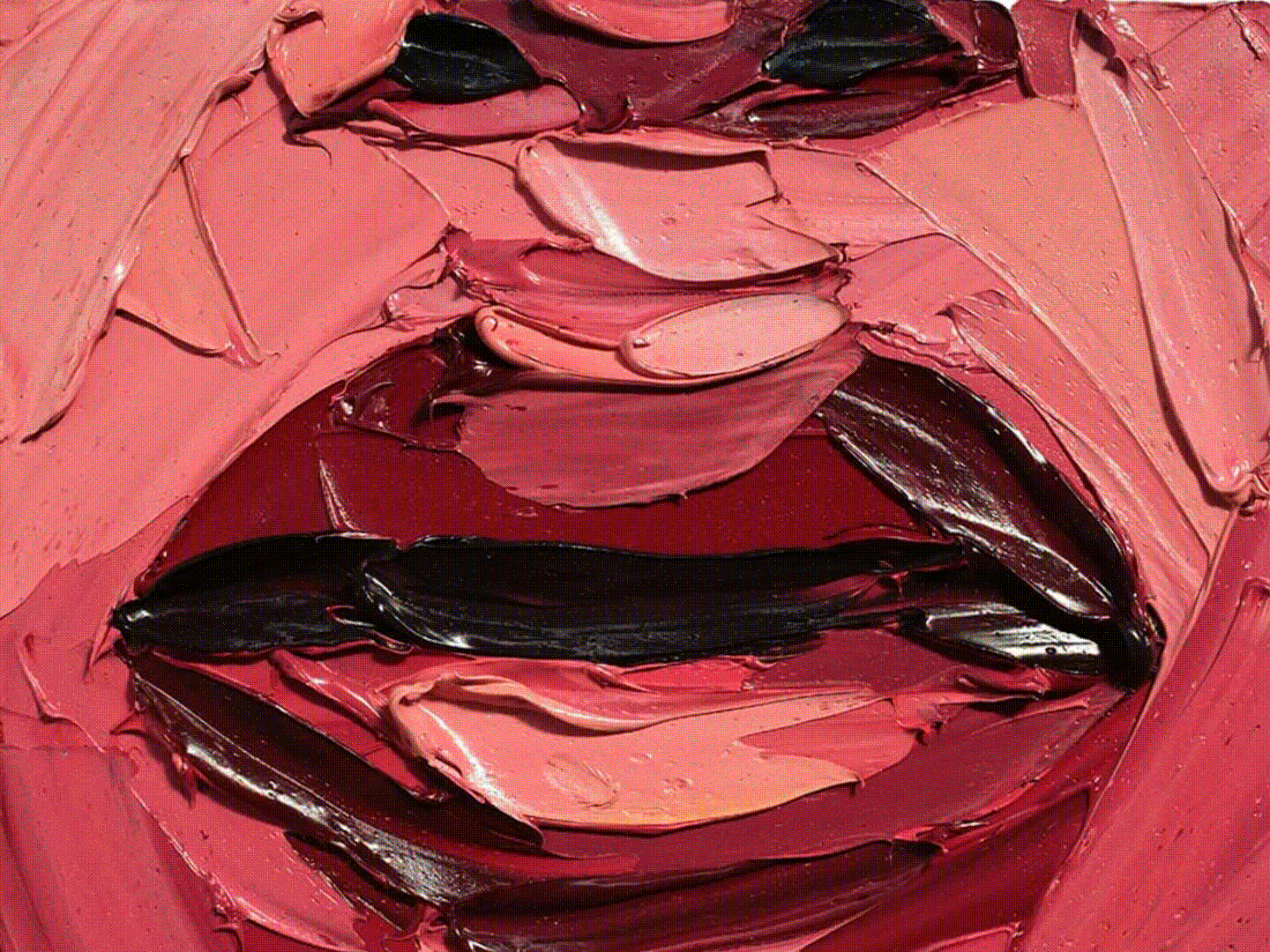
ELENA GUAL SOLO SHOW
IS ANYBODY AT HOME?
21 May – 4 June 2025
Read more
In 1981, Laurie Anderson posed a question in a mechanical and ghostly voice: “Is anybody home?” She did so over the phone, a silent line stretching like an echo between the human and the technological, between the need for comfort and the coldness of control. That question, seemingly simple, resonates today more than ever: is there anybody at home? Are we truly present? Where does the body dwell when the mind is drowning in noise?
This inquiry serves as the conceptual starting point for the exhibition. Elena Gual’s work takes up that same unease through the body and through silence. In her paintings, lips suspended on canvas become the new protagonists of that liminal space between speech and the absence of words. They do not shout. They do not seduce. They do not explain. They simply exist, charged with a mute presence, as if waiting for an answer that never comes, or as if, in their stillness, they had already said everything necessary.
In a time saturated with images, stimuli, and empty connections, Gual proposes a sensory retreat. A refuge. Silence as a tool of resistance. The body as the last frontier of intimacy. In her thick impasto, which recalls the matter of skin, there is a palpable tension between closeness and withdrawal, between the desire to connect and the urgency to disappear for a moment. In every stroke, in every crack, Anderson’s question continues to reverberate: “This is your mother. Are you there?”
“Is Anybody at Home” is not just an exhibition; it is a pause. An invitation to disconnect from the outside world in order to inhabit what is most immediate and forgotten: one’s own body, one’s own silence. To be quiet, in order to truly listen.
Content
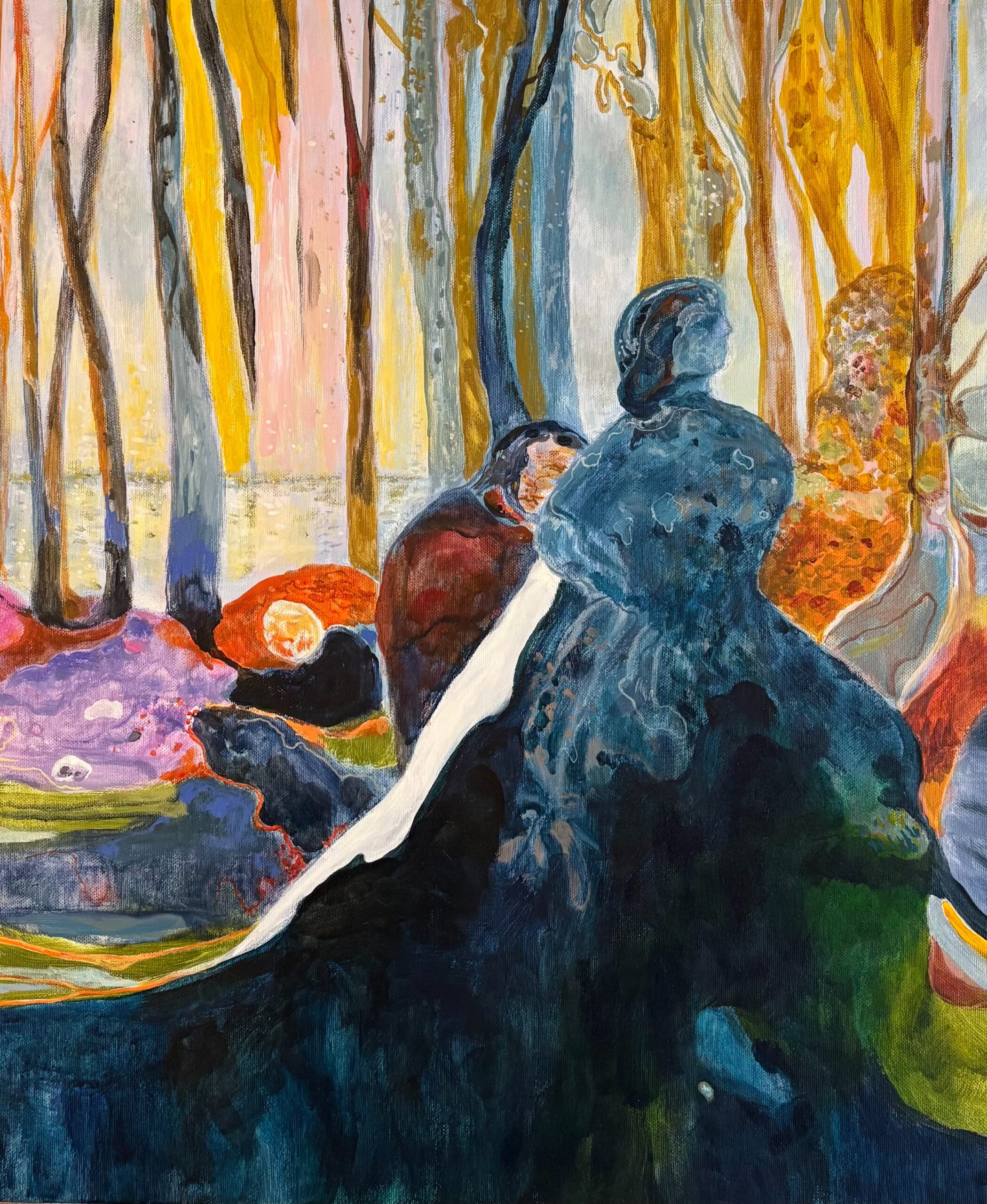
JIRI HAUSCHKA SOLO SHOW
WHEN THE FOREST FALLS SILENT, THE STORM ARRIVES
26 Feb – 16 May 2025
Read more
Being born in a small town in Moravia, in what is now the Czech Republic—such is the case of our artist, Jiri Hauschka (Šumperk, 1965)—means assuming from the very beginning a sense of belonging to a locus that, from a purely historical dimension, has always been a crossroads of paths: a meeting point of cultures, languages, and traditions. But it also means belonging to a geographic territory dominated by a profoundly romantic idea of Nature, as long as we understand “the romantic” as an ambiguous artistic strategy of the mind. We like to think that this sentiment aligns with what an aging Goethe, in the famous spa town of Marienbad (also in the Czech Republic, known in its native language as Mariánské Lázně), expressed in his beautiful Marienbad Elegy:
Before you lie open both paradise and hell;
my senses waver in my troubled mind.
Jiri Hauschka’s painting is, at its core, a polyphony of sensations, a rare harmony of forms, figures, and colors—at times possessing a classical tonality, while at others, it unravels into chords seemingly composed from the wildest atonality. Yet what also astonishes us in his work is the symbolic quality of shapes that appear to emerge from the depths of time, when existence knew only the violent sounds (colors) of the Adamic language. This essence is echoed in the titles of some of his paintings: Heartbeats, Upside Down, Fragility, Bride… Indeed, there is much in Hauschka’s work that belongs to an untranslatable poetry—one that can only be conveyed through the expressive force of his pictorial forms, into that unknown territory where the trembling language of reinvention and transformation reigns each time we dare to contemplate, in silence, what is revealed to us. Or, put differently: it is the viewer who must translate into intellectual consciousness what the artist so generously offers through his work.
To have been born and raised in Central Europe is, culturally speaking, an intangible privilege—one that undeniably exerts a positive influence on the artistic creation of those who inhabit this exceptional space. When I previously referred to a certain polyphony visible and intellectually perceptible in Hauschka’s paintings, I was specifically pointing to his belonging to a territory where multiple simultaneous artistic forms express a kind of musical polyphony, while still preserving the creative singularity of each interpreter—each forming part of a grand harmonic whole. This is why Hauschka’s painting can, and should, be understood within the Central European stage (never more fitting, considering his life in Prague) to which it belongs, and more specifically, within the extraordinary singularity of contemporary art produced in the Czech Republic. And by “art,” I naturally include poetry and music—both represented by remarkable figures well known to all—which, albeit indirectly, are present in the work of our artist.
But let us return to the old Goethe and his beautiful elegy written in Marienbad. In the sensual yet unsettling figuration he proposes—one that may well be considered a brilliant example of counter-figuration—Jiri Hauschka’s paintings oscillate between a certain visual conception of both paradise and hell. Yet, these states of mind should be understood as intelligent stage designs for operas—works that could perfectly serve as a setting for the most beautiful of the romantic and symbolist operas in Czech music: Rusalka by Antonín Dvořák. Thus, the magnificent and masterfully painted lush and mysterious forests that we behold succeed, as the author of Faust wrote, in making our senses waver in our agitated minds. May all the art we encounter be capable, like Jiri Hauschka’s painting, of achieving such an elevated and exhilarating sensation.
Luis Francisco Pérez.
Madrid, February 2025.
Content
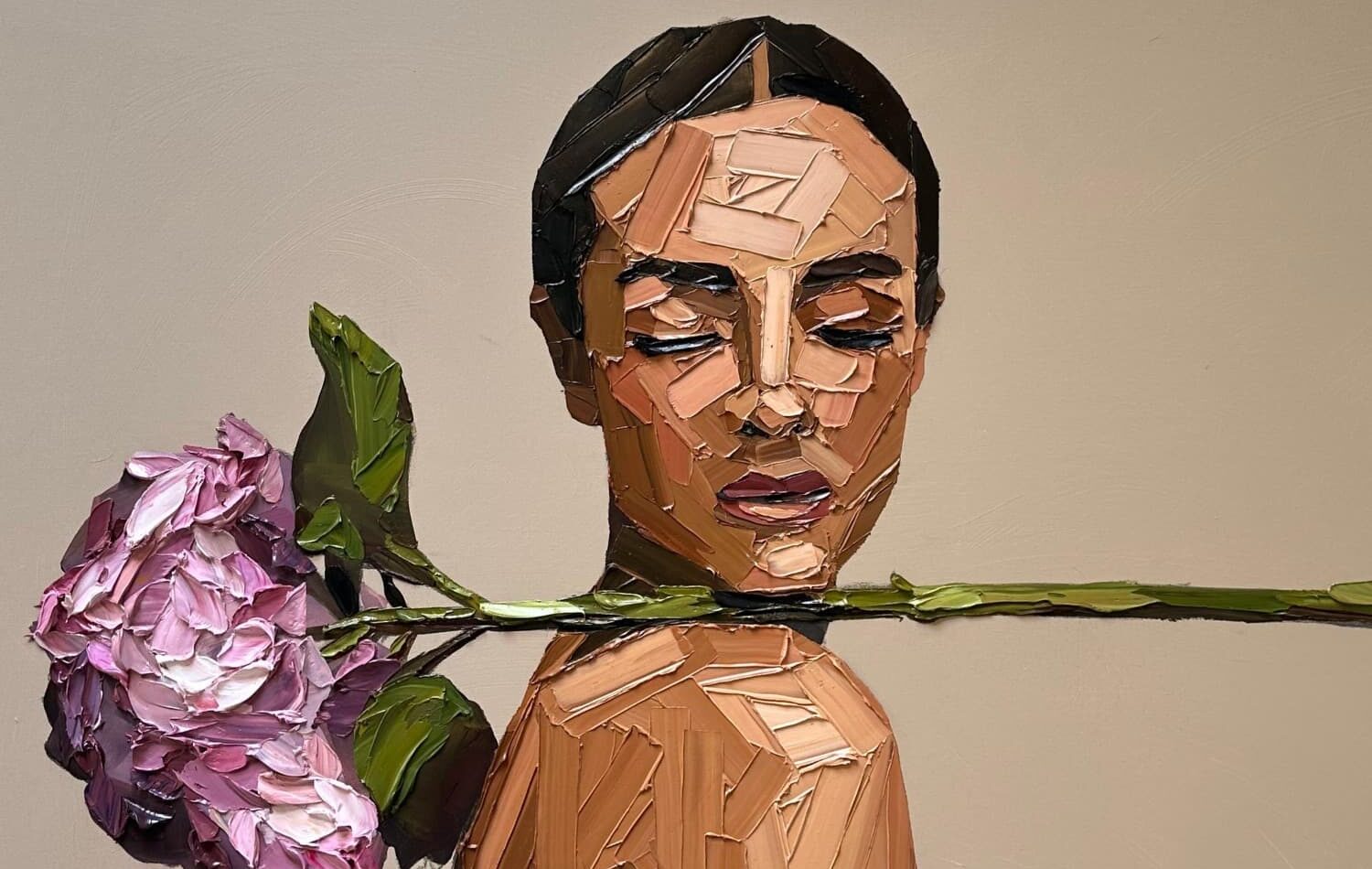
ELENA GUAL SOLO SHOW
EXHIBITION AT CULTURAL CENTER – “RAÍCES”
at the Casa de Vacas Cultural Center in El Retiro, organized by Arma Gallery
4 – 27 Oct 2024
Read more
Curatorial text by Fernando Castro Flórez (Plasencia, province of Cáceres, 1964), Spanish professor, philosopher, aesthete, and art critic.
Unofficial English translation
It would be very difficult to define the current task of painting, assuming one were assigned. Pontormo already noted, in his letter to Benedetto Carchi, that “painting is nothing more than a piece of cotton woven by hell, which lasts little and is of low price: remove the thin film [quello ricciolino] that covers it, and no one takes it into account anymore.” Nevertheless, no matter how much it is questioned, painting remains one of the most intense “dreams” of art1; on that “surface” all kinds of obsessions have been fixed, and that visual luxury, by a kind of retro-projection, shapes or governs a destiny, singular or collective. “All existence – the fact of existing, or that there is existence – is the memory of that of which, by definition, there is no memory: birth”2.
The artist cannot reveal the truth about art without hiding it, turning that revelation into an artistic manifestation. From the Verneinung, in a deliberate process of de-banality (what the Russian formalists called “ostranenia”), emerges the power of illusio. In a brief passage of the Poetics, devoted to the forms of artistic diction, Aristotle defines the enigma as follows: “The form of the enigma consists, then, in connecting impossible terms while saying existing things.” The enigmatic nature of Elena Gual’s figurative conception of painting lies in its accentuation of carnality. She manages to make something traditional and even evident acquire a tone or, better, a mysterious materiality.
To contemplate a painting by Elena Gual is to experience its intense physical presence. It is evident that she has assimilated a classical training3, and also that, at a moment (fortunately) of surpassing orthodox stylistic conceptions, she is capable of developing her passion for representation while simultaneously maintaining a peculiar abstract “tone.” She does not attempt, in any case, to create a hyper-realistic image, although her goal is to sediment the truth of the women she portrays. This creator has stated that, ultimately, her works emerge from a desire for equality, that is, from a rightful yearning to end the marginalization of women while at the same time keeping on her dynamic plastic surface the emotions, traces, and echoes of encounters4.
It was at Arena Martínez gallery5 that I first had the opportunity to see Elena Gual’s works, and from the very first moment I was fascinated by those faces and bodies painted with a palette knife, with the sensation that the oil was still fresh, as if life were beating there. It was not, by any means, a “Pygmalion effect” that occurred when I approached the paintings of this passionate painter; rather, I had the (intensely aesthetic) sensation that painting was splendidly revitalized.
Our mind can be understood as a wunderblock6, that place where the trace of everything that was ever drawn remains. “What is art,” asks Marina Tsvietáieva, “but the encounter with lost things, the perpetuation of losses?”7. That sincere effort toward the impossible8 arises, again and again, in the works of Elena Gual, who does not surrender to the vertigo of “novelties”9, but in her paintings sediments her pursuit of the bodily beauty of painting.
Elena Gual has stated, with as much lucidity as simplicity, that the women she paints have been part of her life10. Georges Didi-Huberman has reminded us that the “other life” is never given to us in advance. For it to take shape, it is necessary that we awaken to the dreams themselves11. This vibrant painting offers us faces and bodies without imposing narratives or anecdotes, composing the essential, modulating gestures of astonishing liveliness: daydreams or driftings are rooted in the everyday, in the experience of the skin which, as Valéry said, can be the deepest.
This young creator has literally incorporated Renaissance techniques to compose those bodies and faces of women of all ethnicities and ages. In the exhibition at Casa de Vacas in Madrid’s Retiro Park, she draws on her Andalusian roots, even self-portraying “as a flamenca.” In this series, flowers and the intense color red acquire special prominence. Sensuality and festivity are embodied with a mixture of sobriety and passion. It gives the impression that Elena Gual invites us to share a “sobremesa” with her splendid women, who have their eyelids closed in a state of introspection or daydreaming. We observe the painting rooted: a woman turns her head toward us (in the work titled Raíces, 2024), holding an immense flower on her shoulder, an epiphany of beauty. There lies, exposed, the vibrant life of pictorial matter, the beautiful blossoming of imagination, the portrait of a longed-for equality that allows the difference of desire.
1 “In The Interpretation of Dreams, Freud, in order to describe the pathways and procedures of the dream, ventures a comparison (henceforth overused) with painting, whose scheme is in fact taken from Vasari’s text: in his Life of Cimabue, he evokes how painting, after having long relied on inscriptions or phylacteries to convey the message that was supposedly to be communicated, is assumed to develop, with Cimabue and even more with Giotto, its own means of expression, which, in their specificity, owe nothing to articulated language” (Hubert Damisch: The Uneven. Photography Put to the Test, Ed. La Marca, Buenos Aires, 2008, p. 162).
2 Philippe Lacoue-Labarthe: Finished Agony, Endless Agony, Ed. Nueva Visión, Buenos Aires, 2014, p. 91.
3 Elena Gual studied visual arts at the Florence Academy of Art and later at the Royal College of Art and Central Saint Martins.
4 “I have been focusing quite a lot on the theme of women and promoting equality among us through my stroke for four years now. But I am focusing much more on emotions, which is why I think I have moved from being much more conceptual to more realistic. And I am following that process. One thing I want to focus on is the theme of our bodies and also promoting equality” (Elena Gual, interviewed on the occasion of her participation in the Art Madrid fair, 2022).
5 At the Estampa Fair 2021, Arena Martínez Projects presented Elena Gual’s work in Spain for the first time.
6 “Double bind, double sheet of paper: ‘the capacity for unlimited reception and preservation of lasting traces [Freud asserts] therefore seem mutually exclusive in the devices through which we provide our memory with a substitute. One must either renew the receptive surface or annihilate the recorded signs.’ Then, in the market, the technical model of the Wunderblock would allow, according to Freud, to overcome this double constraint and resolve that contradiction, but on the condition of relativizing, so to speak, and dividing the function of the paper itself. Only then ‘does this small instrument promise to do more than a sheet of paper or a slate tablet.’ Because the magic pad is not a paper pad but a chestnut dark resin or wax tablet. It is only bordered by paper” (Jacques Derrida: Paper Machine. The Typewriter Ribbon and Other Responses, Ed. Trotta, Madrid, 2003, pp. 217-218).
7 Marina Tsvetaeva: Sibyl’s Expressions, Ed. Ellago, Castellón, 2008, p. 57.
8 Laporte highlights that the experience of art encounters the unknown, the wild, and the artist exposes themselves to destruction: “a sincere effort –says Bram van Velde– toward the impossible.” “Bram van Velde, indeed, declares again and again: Painting is approaching nothingness, the void // The artist is the bearer of life. I do not attempt to overcome this paradox nor to find the explanation of the enigma, but I would be confirmed if, in my own way, I managed to repeat these words of Bram van Velde: The artist lives a secret that must be manifested” (Roger Laporte: Bram van Velde or That Small Thing That Fascinates, Ed. Asphodel, Las Palmas de Gran Canaria, 1984, p. 18).
9 “Too many novelties –points out Regis Debray– trivialize the new in a world in which the rejection of tradition has become the only tradition; the automatic celebration of the new destroys itself. […] The phobia of repetition and the fear of boredom end up provoking boredom and reiteration. The wave of the present, that ‘ever-renewed sea’ in which each wave dissolves into another which is essentially the same, recalls a nauseating eternity. […] Freeing oneself from the fascination of the present to recover the order of causes and the probable meaning of the present is above all freeing oneself from the fascination with images transmitted at the speed of light.”
10 “These are women who have been part of my life, whom I have met on my travels and with whom I have lived. But it should be emphasized that now more than ever, I try to draw inspiration from connecting, possibly through an action I see in a woman or a story she tells me, and from that comes the emotion I try to recreate” (Elena Gual, interviewed on the occasion of her participation in the Art Madrid fair, 2022).
11 “It is about creating the concrete conditions for an ‘other life.’ On the other hand, it is not that we ‘wake up from our dreams,’ no. On the contrary, what we do is awaken to the dreams themselves, which were the prophecies –in images-flashes, in fleeting sensations, in extravagant words, in deep emotions, in unleashed gestures– of our present decision to rise” (Georges Didi-Huberman: Desire to Disobey. What Raises Us, 1, Ed. Abada, Madrid, 2020, p. 375).
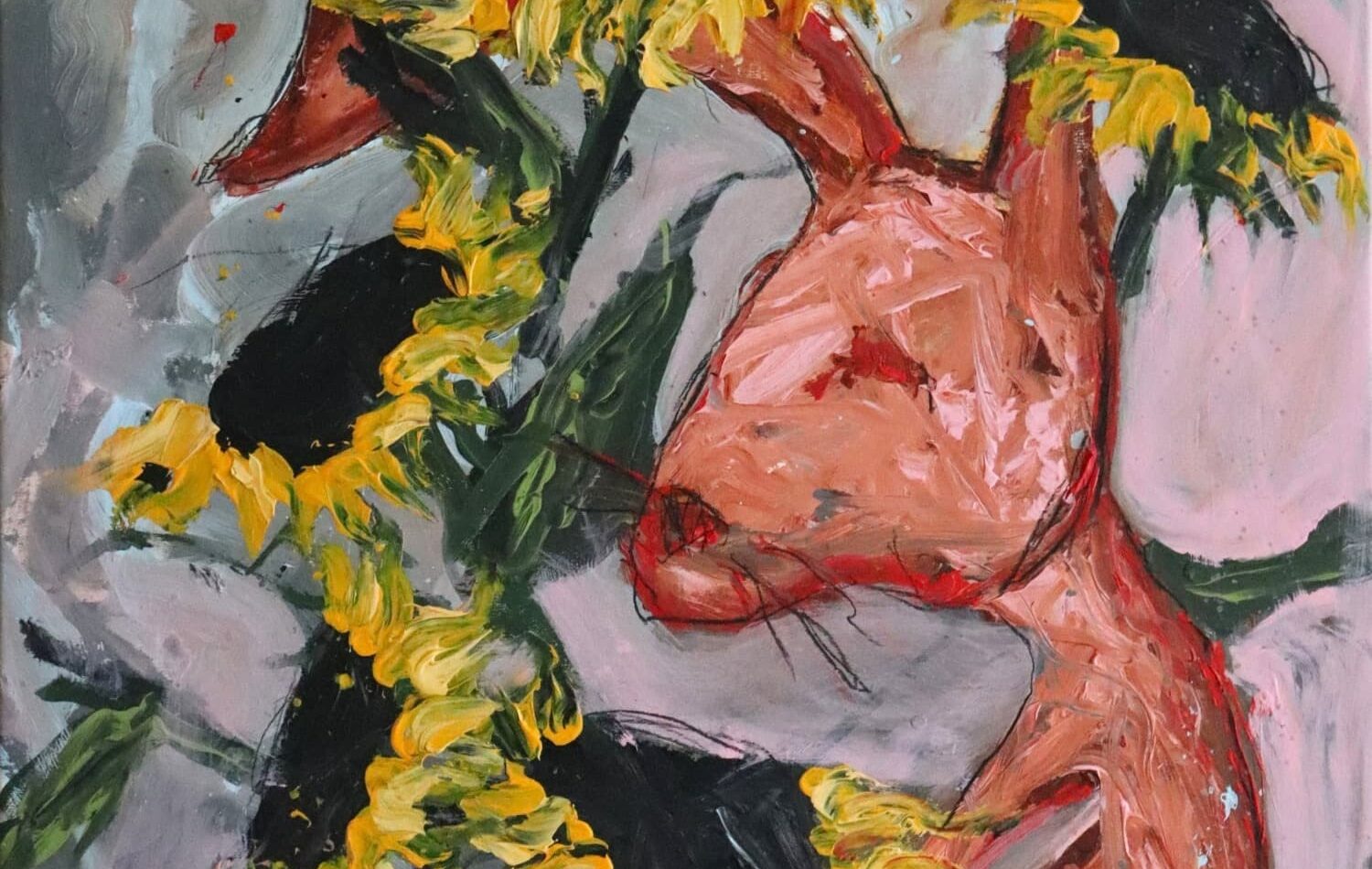
COLLECTIVE EXHIBITION
LUCID DREAMS
12 Sept 2024
ARTISTS:
Emanuelle Tozzoli
Kyte Tatt
Luis Olaso
Jirí Hauschka
Madison Tyrell
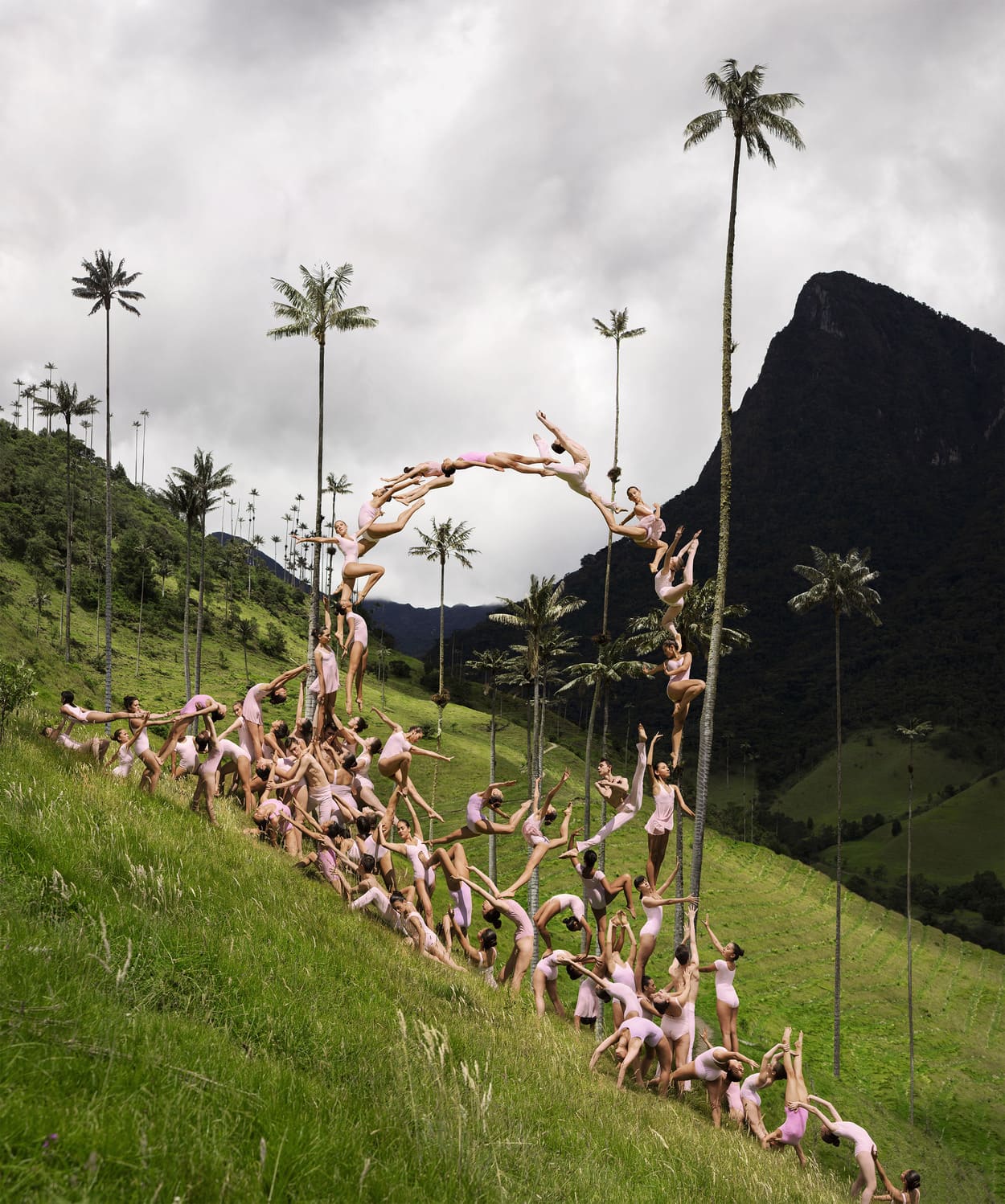
ROB WOODCOX - SOLO SHOW
BODIES OF LIGHT
29 May – 26 July 2024
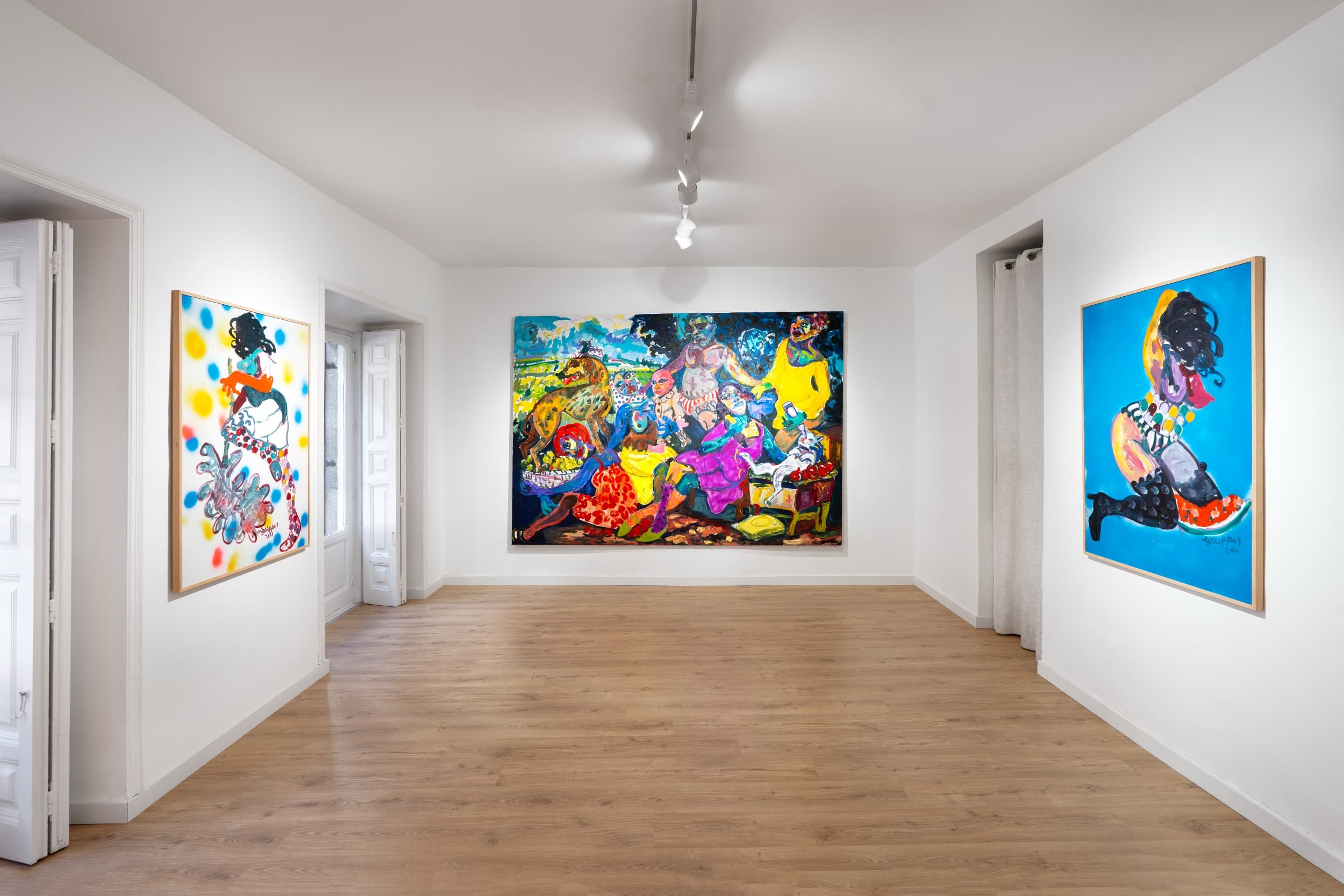
WYCLIFFE MUNDOPA - SOLO SHOW
PLEASURES OF BODY PAINTING
28 Feb – 15 May 2024
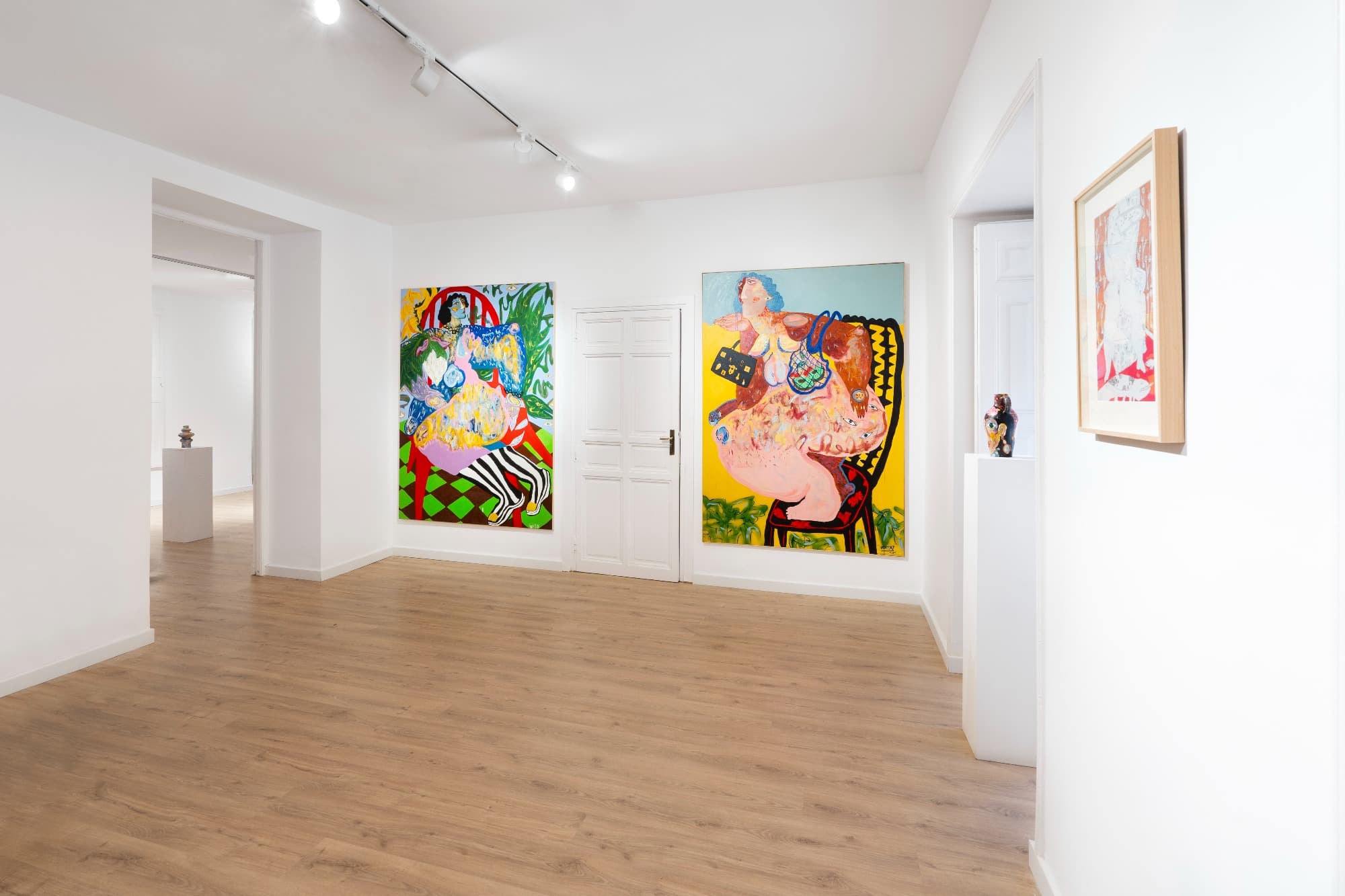
NATALIA ROMANCIUC - SOLO SHOW
ALL OF THEM AND NONE
18 Jan – 23 Feb 2024
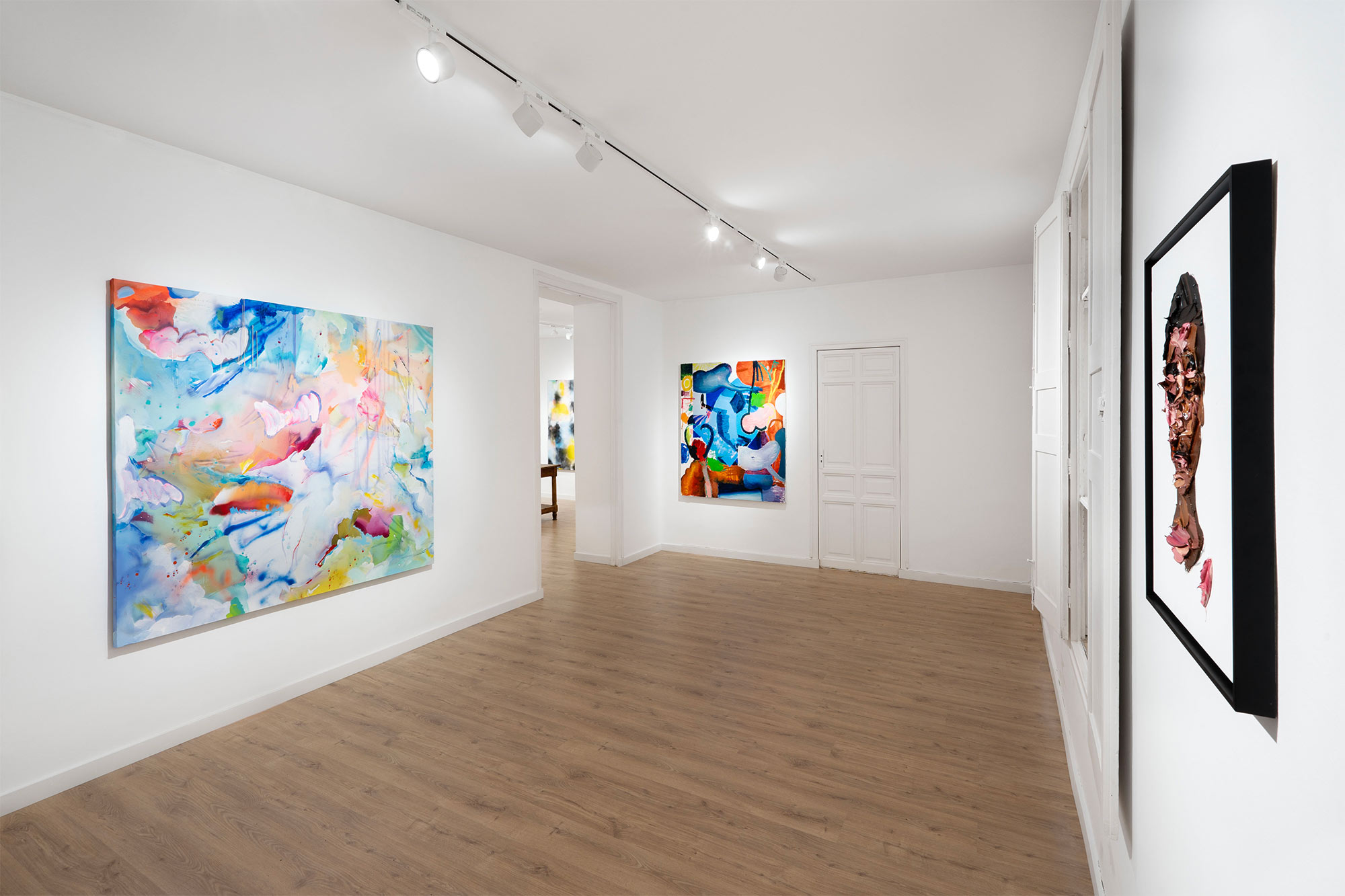
COLLECTIVE EXHIBITION
ENCUENTRO
13 Dec- 13 Jan 2024
ARTISTS:
Misterpiro
Seleka
Elena Gual
Papartus
Carlos Cartaxo
Juan Sotomayor

ELENA GUAL SOLO SHOW
METAMORFOSIS
7 -30 Sept 2023
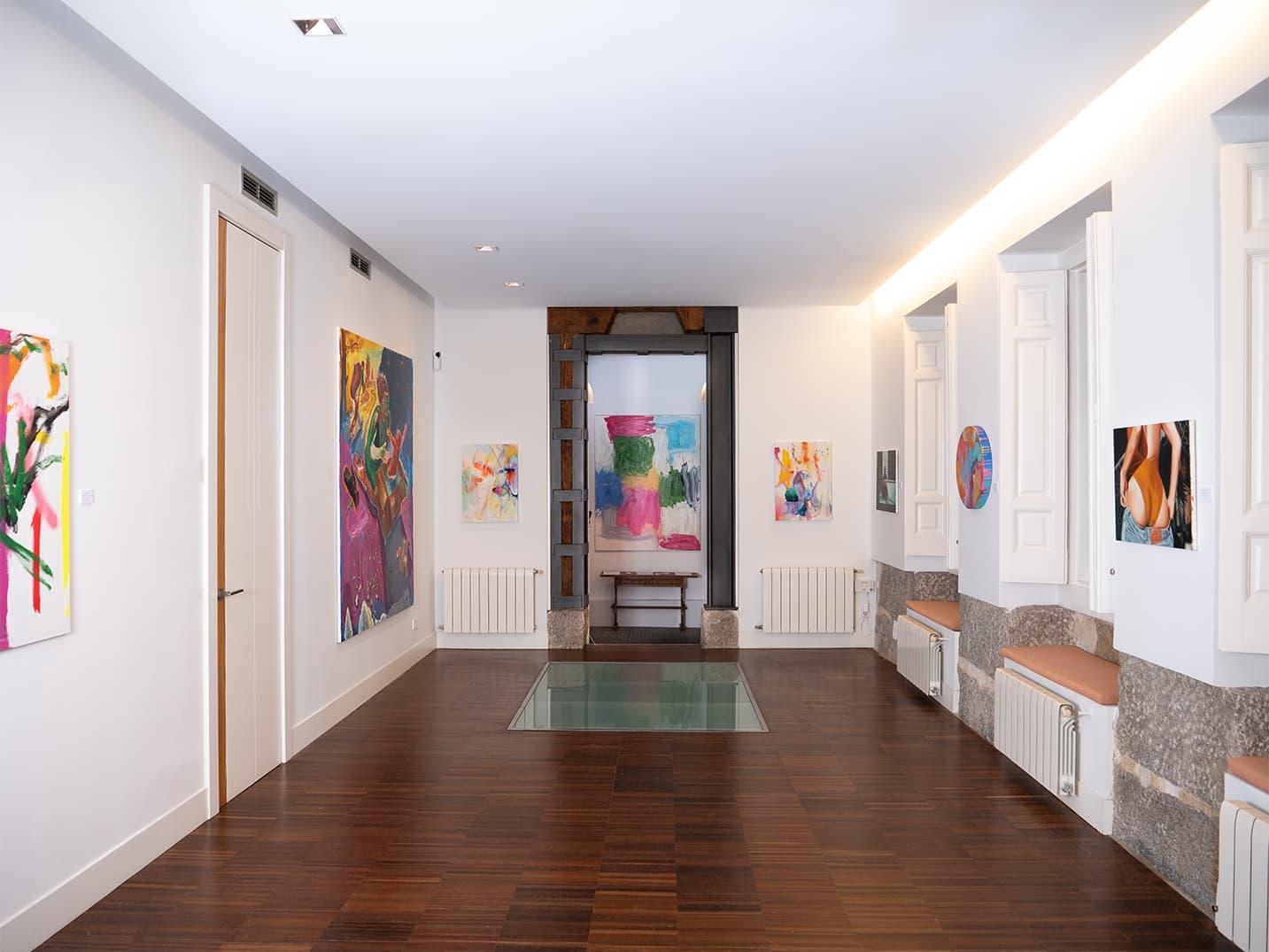
COLLECTIVE EXHIBITION
A BEFORE AND AFTER
5 – 30 Jun 2022
ARTISTS:
Papartus
Juana Gonzalez
Misterpiro
Jorge Nava
Elena Gual
Nadia Benhyaya
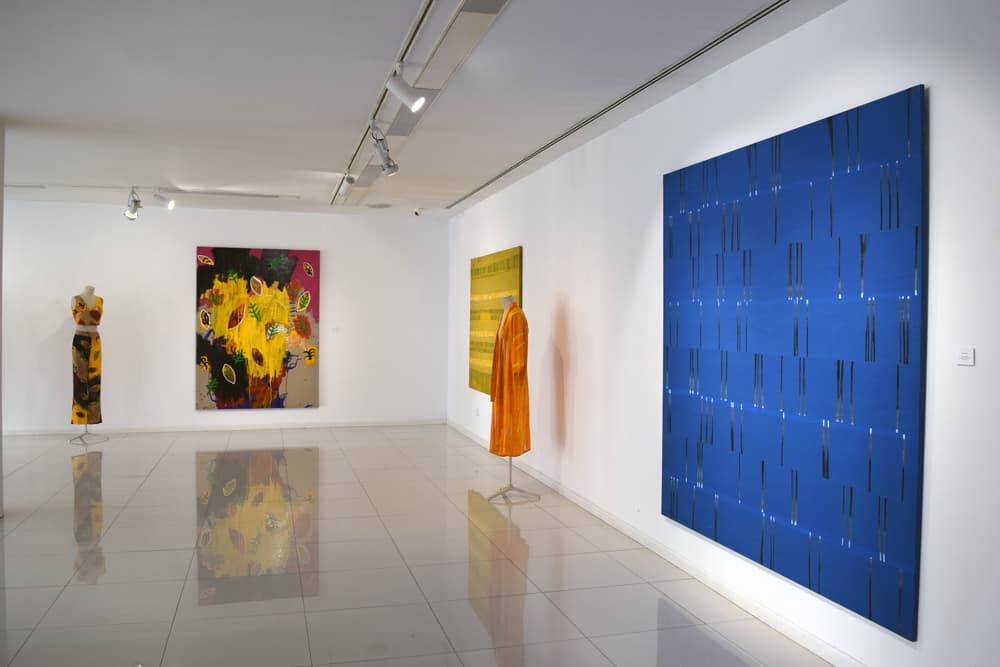
COLLECTIVE EXHIBITION
INSTITUTIONAL PROJECT – BROCENSE
15 May- 15 Jul 2022
ARTISTS:
Juan Sotomayor
Papartus
Marina Vargas
Elena Gual
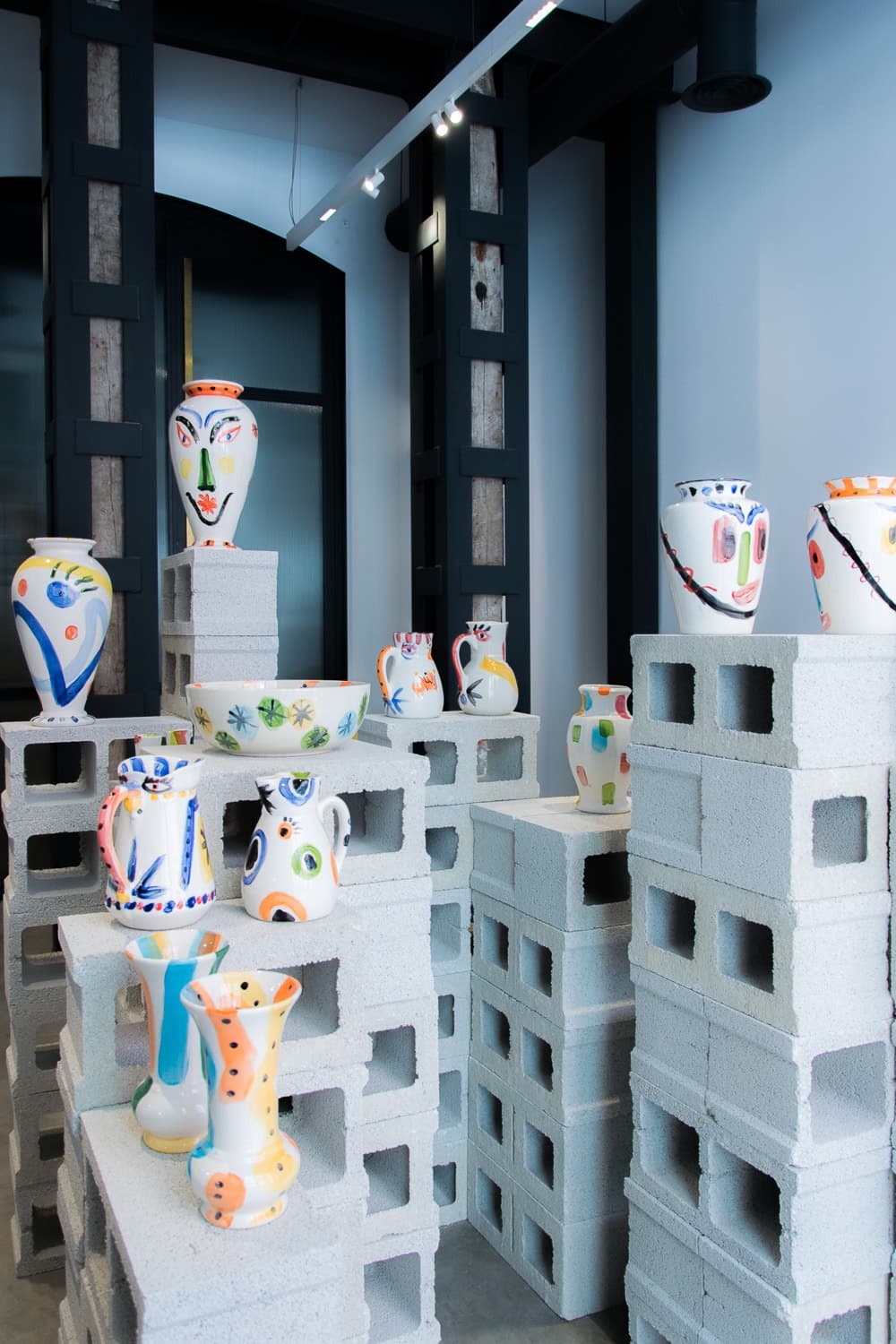
COLLECTIVE EXHIBITION
CERAMICS
5 Jun- 5 Aug 2021
ARTISTS:
Papartus
Arena

COLLECTIVE EXHIBITION - CAI ZARAGOZA
WHERE ART MEETS FASHION
May – Aug 2020
ARTISTS:
Marina Vargas
Papartus
Juan Sotomayor

CHARITY PROJECT
ONE BAG MANY SMILES
May 2022
ARTISTS:
Marina Vargas
Papartus
Juan Sotomayor
Ydañez
Okuda
José Dávila
Yanis Varelas
Demo
Salustiano
